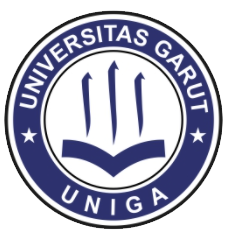
Growth rate and yield response of several sweet potato clones to reduced inorganic fertilizer and biofertilizer

- Jurnal Internasional Bereputasi
- Hanny Hidayati Nafiah, Reginawati Hidersah, Syaiful Mubarok, Haris Maulana ,Tarkus Suganda, Vergel Concibido, Agung Kurniawan.
- BIODIVERSITAS, Volume 22, Number 4, April 2021 ISSN: 1412-033X E-ISSN: 2085-4722 Pages: 1775-1782 DOI: 10.13057/biodiv/d220422
Abstrak
Abstract. Nafiah HH, Hindersah R, Mubarok S, Maulana H, Suganda T, Concibido V, Karuniawan A. 2021. Growth rate and yield response of several sweet potato clones to reduced inorganic fertilizer and biofertilizer. Biodiversitas 22: 1775-1782. Sweet potato has a high economic value because it is often utilized for staple food and industrial raw materials. Balanced fertilization, including inorganic and biofertilizer, is needed to enhance the production of sweet potatoes. Two-year field experiments conducted at two different agro climates were performed to determine the best response of growth rate and yield of sweet potato to reduced inorganic fertilizer and biofertilizer application rates. Three sweet potato clones, Mencrang, Biang, and Rancing, were grown with a combination of inorganic and biological fertilizers in a randomized complete block design of three replications. Results showed that Biang and Rancing have the best response under reduced inorganic and biofertilizer application rate. The application of biofertilizer enabled the reduction of inorganic fertilizer use but still resulted in increased growth rate and tuber yield of potatoes in both locations. However, the application of biofertilizer did not increase the total soluble solids, which is the main indicator of sweetness in sweet potato.
Keywords: Biang, biofertilizer, Ipomoea batatas, Mencrang, Rancing
Lihat Dokumen
